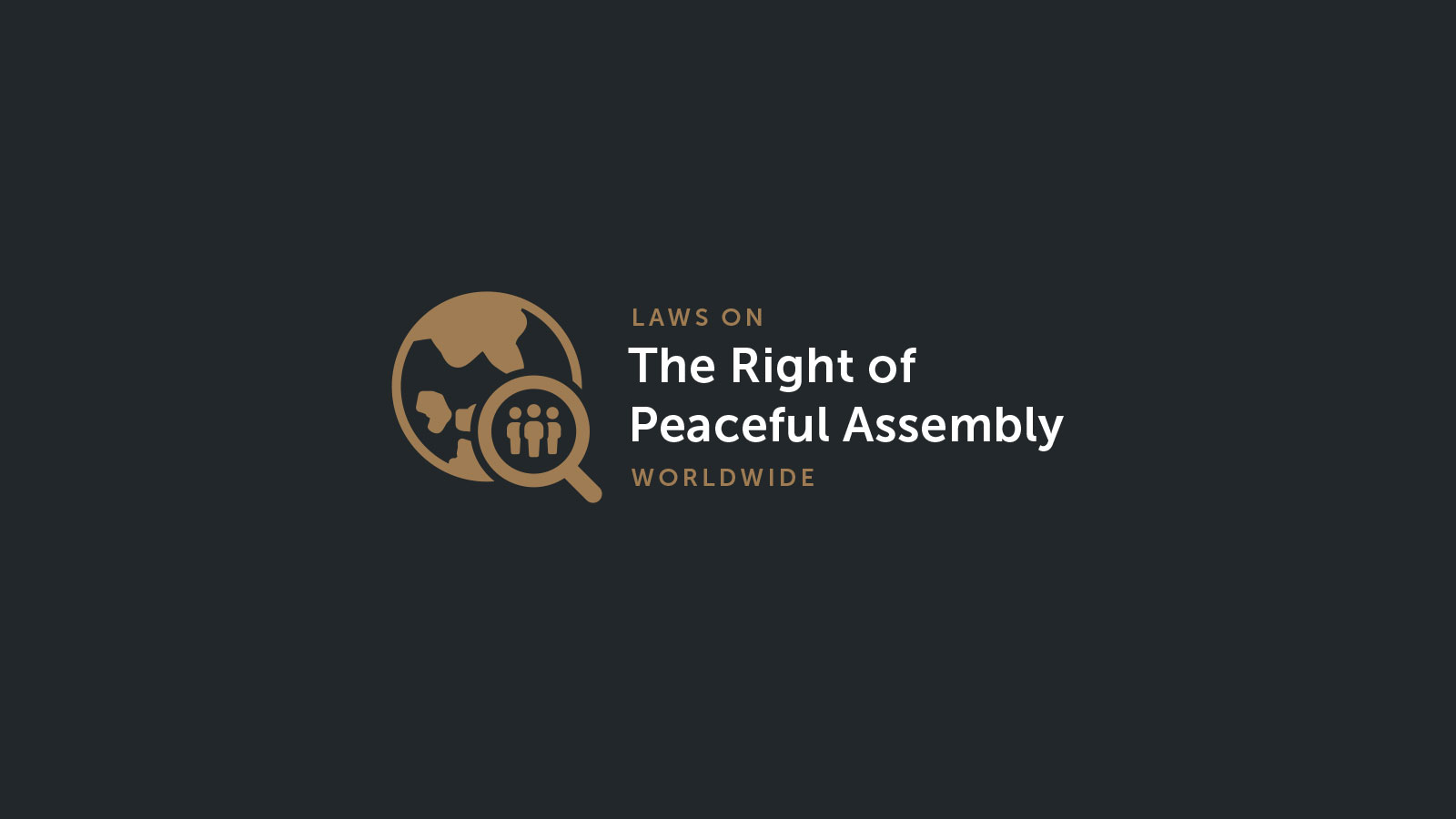The International Human Rights Framework on the Right of Peaceful Assembly
The Cook Islands is not a State Party to the 1966 International Covenant on Civil and Political Rights (ICCPR), Article 21 of which governs the right of peaceful assembly.
The right of peaceful assembly is, though, a fundamental human right that is part of the corpus of customary international law. It is also a general principle of law.See Art. 38(1), 1945 Statute of the International Court of Justice.
There is not yet a regional human rights treaty to which Pacific nations can adhere despite discussions going back decades as to the possibility of establishing a regional human rights mechanism.
The Domestic Legal Framework on the Right of Peaceful Assembly
Constitutional Provisions
The Cook Islands is a State that is neither a member nor an observer State of the United Nations.
The 1964 Cook Islands Constitution Act (as amended) explicitly protects freedom of peaceful assembly.S. 64(1)(f), 1964 Cook Islands Constitution Act (as amended through 1997).
National Legislation
Section 88(1) of the 1969 Crimes Act stipulates that an unlawful assembly is
an assembly of three or more persons who, with intent to carry out any common purpose, assemble in such a manner, or so conduct themselves when assembled, as to cause persons in the neighbourhood of the assembly to fear, on reasonable grounds, that the person so assembled:
(a) Will disturb the peace tumultuously; or
(b) Will, by that assembly, needlessly and without reasonable cause provoke other persons to disturb the peace tumultuously.
Section 90(1) of the Act concerns the reading of the Riot Act:
Where twelve or more persons are unlawfully, riotously, and tumultuously assembled together in any place to the disturbance of the public peace, any Judge of Justice may, at the request of the senior member of the Police for the time being acting in that place, go to the place where the assembly is, and, among the rioters or as near to them as he can safely come, with a loud voice command silence, and then, openly and with a loud voice, make or cause to be made a proclamation in the following words, or to a like effect:
"Her Majesty the Queen commands all of you to disperse immediately and to go quietly to your homes or to your lawful business, upon pain of being charged with an offence punishable by imprisonment for five years."
"GOD SAVE THE QUEEN!"
The Legal Framework on Use of Force During Assemblies
The Use of Force
International Legal Rules
Under international law, the duty on the State and its law enforcement agencies is to facilitate the enjoyment of the right of peaceful assembly. According to the 1990 United Nations Basic Principles on the Use of Force and Firearms by Law Enforcement Officials:
In the dispersal of assemblies that are unlawful but non-violent, law enforcement officials shall avoid the use of force or, where that is not practicable, shall restrict such force to the minimum extent necessary.
All force used by police and other law enforcement agencies must be necessary for a legitimate law enforcement purpose and proportionate to that purpose.
National Legislation
Section 42 of the 1969 Crimes Act, which governs force used in executing process or in arrest, stipulates that:
Where any person is justified, or protected from criminal responsibility, in executing or assisting to execute any sentence, warrant, or process, or in making or assisting to make any arrest, that justification or protection shall extend and apply to the use by him of such force as may be necessary to overcome any force used in resisting such execution or arrest, unless the sentence, warrant, or process can be executed or the arrest made by reasonable means in a less violent manner:
Provided that, except in the case of a constable or person called upon by a constable to assist him, this section shall not apply where the force used is intended or likely to cause death or grievous bodily harm.
Section 47 of the 1969 Act empowers a senior police officer at the place of any riot to use and order to be used,
such force as he believes, in good faith and on reasonable and probable grounds, to be necessary to suppress the riot, not being disproportionate to the danger which he believes, on reasonable and probable grounds, is to be apprehended from the continuance of the riot.
The Section similarly empowers every constable to use such force.
The Use of Firearms
International Legal Rules
According to the 1990 United Nations Basic Principles, in the dispersal of violent assemblies, a law enforcement official may only use a firearm against a specific individual where this is necessary to confront an imminent threat of death or serious injury or a grave and proximate threat to life.
National Legislation
Section 91(1) of the 1969 Crimes Act concerns the failure of rioters to disperse after the reading of the Riot Act. If, one hour after the reading, 12 or more persons remain assembled, "it is the duty of every constable, and of every one required by him to, assist, to arrest the persons so assembled". Furthermore, Section 91(2) of the Act provides that:
If by reason of the resistance of the persons so assembled one of them is killed or hurt in the arrest or attempted arrest of them, or in the endeavour to disperse them, every person ordering their arrest or dispersal, and every person carrying out any such order, shall be justified in having so acted.
This does not comply with international law.
State Compliance with its Legal Obligations
Views and Concluding Observations of United Nations Treaty Bodies
The Cook Islands is not a State Party to the ICCPR. In its initial National Report on its implementation of the United Nations Convention on the Rights of the Child, the Cook Islands noted that the freedom of assembly was constitutionally protected.


 Glossary
Glossary

 About Us
About Us
 Twitter
Twitter